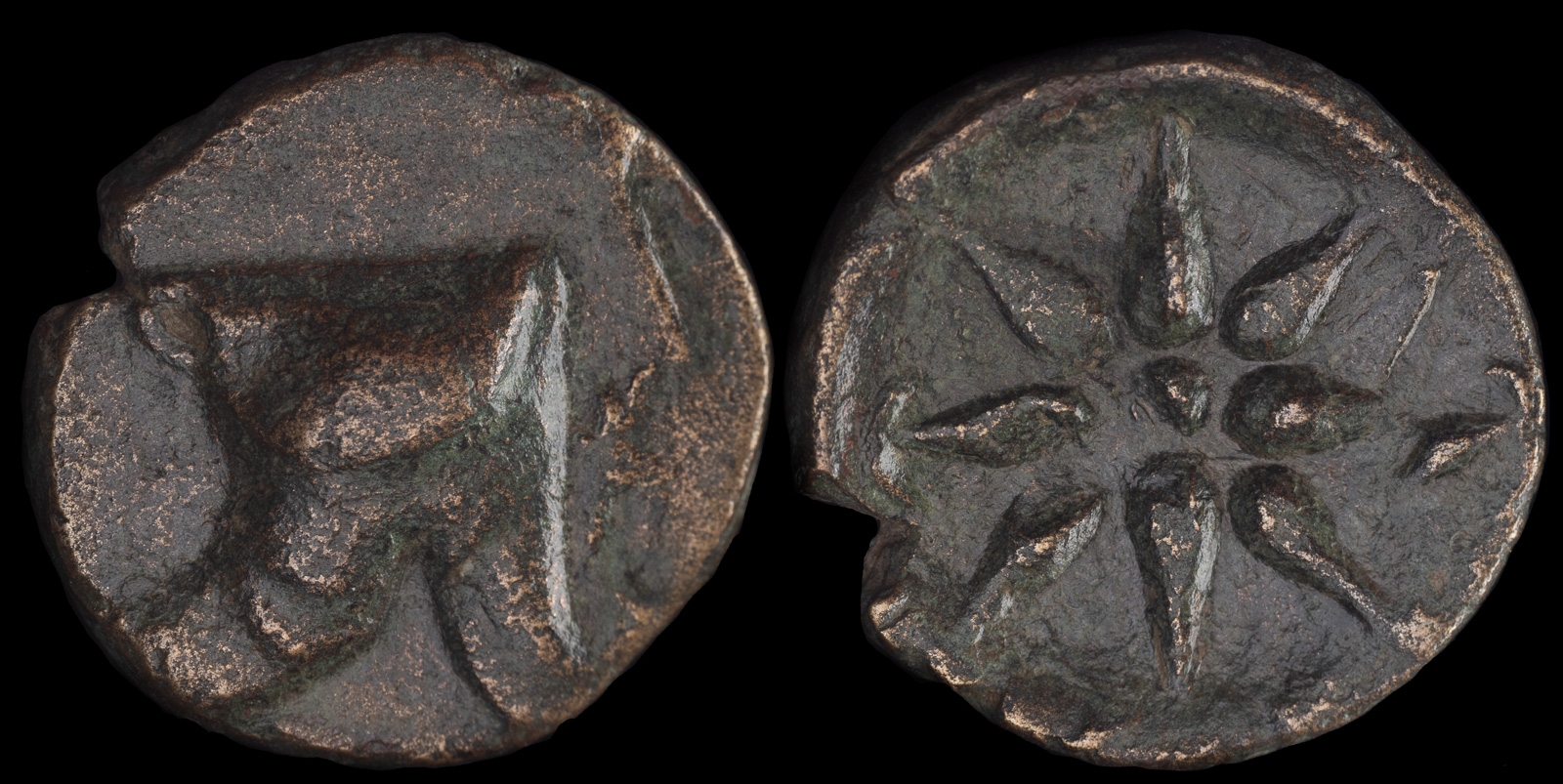Bashlyk
View All Tags
In ancient contexts, the bashlyk was often associated with nomadic peoples of the steppe regions, particularly in areas such as Scythia and Parthia, where the harsh winters and open landscapes necessitated clothing that could offer warmth and protection. Made from wool or felt, the bashlyk was designed to provide coverage for the head and shoulders, and its design could vary depending on the cultural traditions and needs of the wearer. It was an important garment for protecting the wearer from cold winds and snow, especially in the mountainous and open plains of the ancient world.
In addition to its practical uses, the bashlyk also had symbolic significance, particularly among warrior cultures. For example, among the Scythians, a group of nomadic tribes that dominated the Eurasian steppes, the bashlyk could serve as a symbol of status, courage, and military identity. Scythian warriors were often depicted in art and funerary monuments wearing this headgear, which may have symbolized their readiness for battle and their adherence to traditional nomadic customs. The bashlyk’s use as part of the warrior’s attire reflected the harsh and rugged lifestyle of these peoples, whose cultures valued strength, endurance, and the ability to adapt to challenging environments.
The bashlyk’s role also extended into ritualistic contexts, where it could be worn during important ceremonies or sacrifices. In some instances, the bashlyk was a part of religious or funeral customs, worn by priests or mourners during important rituals. The garment, particularly in its more elaborate forms, could symbolize the wearer’s connection to the divine or to ancestral traditions. In this sense, the bashlyk was not only a functional item of clothing but also a part of cultural expression, embodying the spiritual and social identity of the people who wore it.
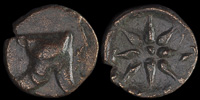
Amisos (?), Pontos 130-100 BCE

Ariaramnes 280-230 BE
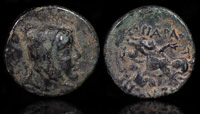
Ariarathes III 230-220 BCE
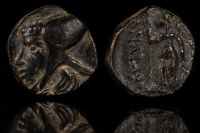
Ariarathes IV 220-163 BCE
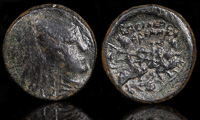
Arsames I 240 BCE
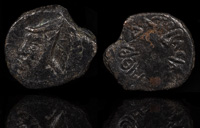
Mithradates 180-170 BCE
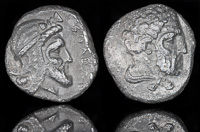
Tiribazos 385-380 BCE
